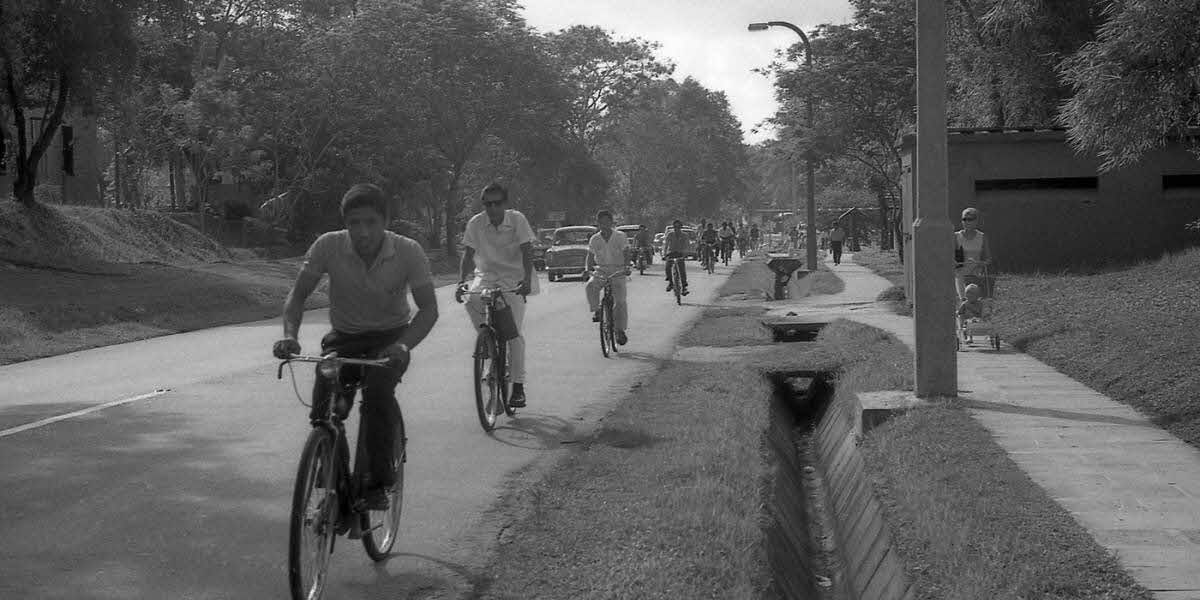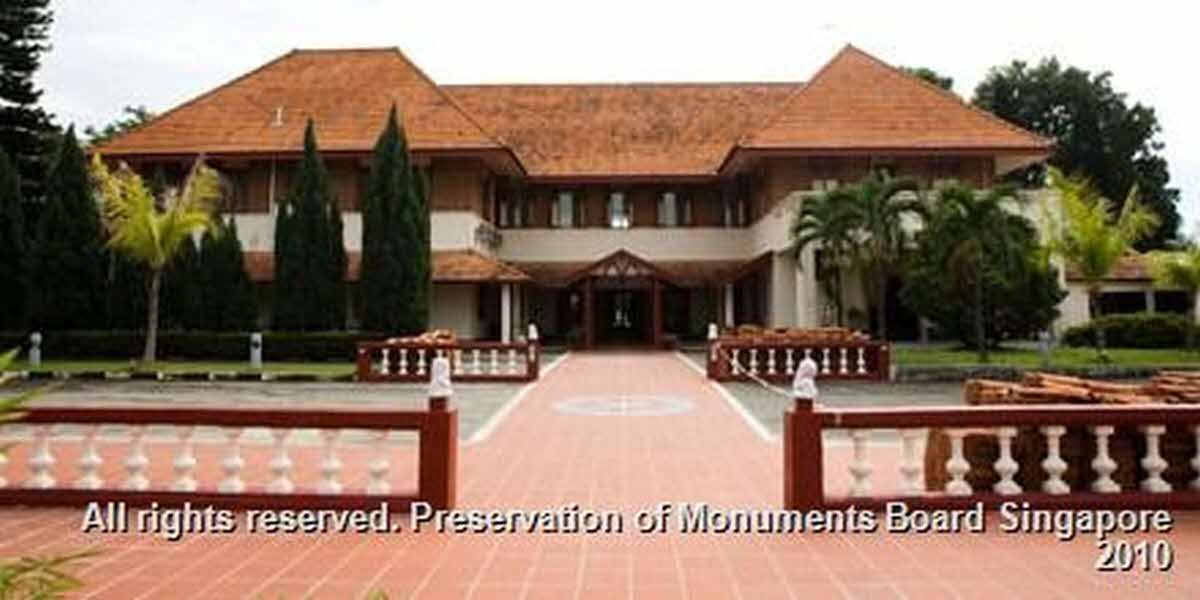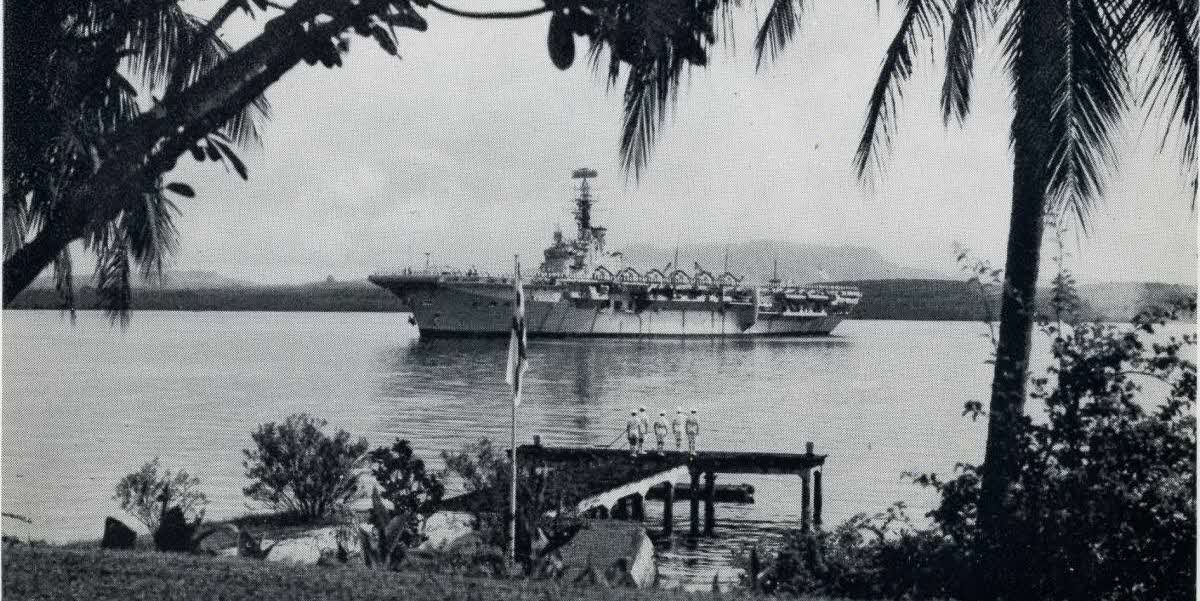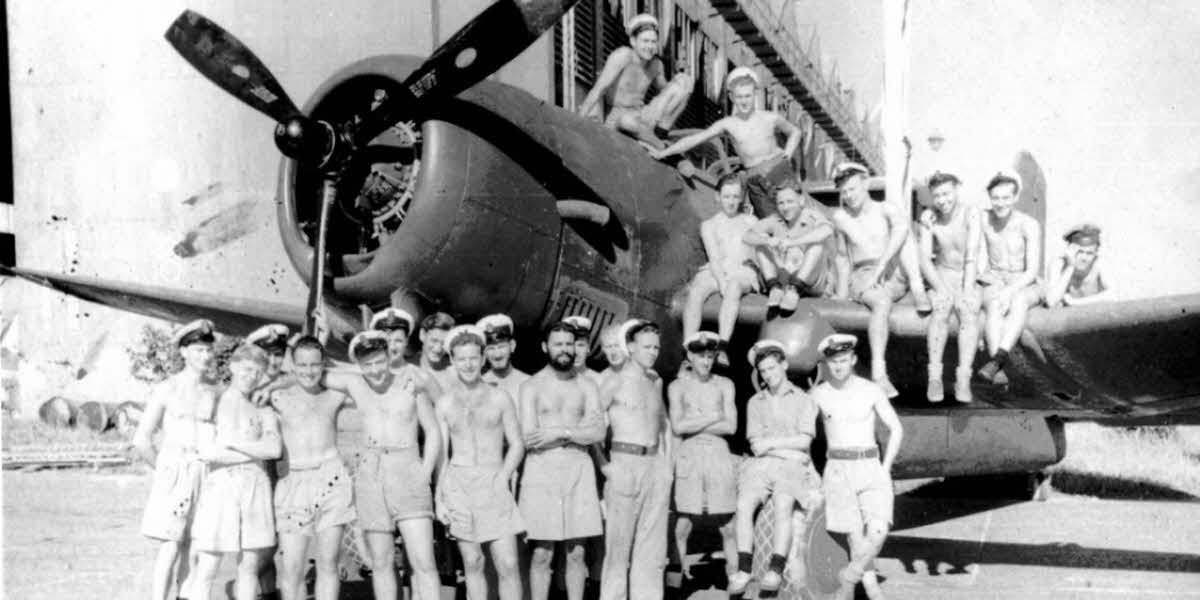Families For Life | Discover SG: Sembawang’s Community Heritage
Sembawang sits on the northmost tip of Singapore and is an exciting place to explore and discover. Its unobstructed view of the Johor Strait makes it a town and industrial area with a vibrant community and a bustling atmosphere. Take a trip around Sembawang with us as we explore some key locations that give us insight into its past.
Down memory lane

Image source: Asian Journeys
Formally Seletar Road, this northward road was renamed as Sembawang Road in 1939 because the area around the former British airbases was also referred to as Seletar. It is speculated that the name “Sembawang” comes from the Sembawang tree (mesua ferruginea), which can be found in the area. The road heads past Yishun and up north, being the only connection the northmost part of Singapore had to the rest of the country. In the 1800s and early 1900s, Sembawang residents needed to travel down Seletar River and other waterways by boat to get to town! Today, Sembawang Road still acts as a major artery to the north for traffic, providing a scenic drive into Sembawang.
Old Admiratly House

Image source: NLB
On 345 Old Nelson Road sits the Old Admiralty House, also known as Canberra House. This historic house is the only national monument in Sembawang, and used to serve as accommodation for the Commodore Superintendent of the nearby Royal Navy Dockyard. In World War II, the house was also used as a planning headquarters for the British, and it was subsequently a military residence and facility until 1974, after which the Sembawang Shipyard took over the house and converted it into a recreational club. In 2024, the house will be turned into a library, accessible for the public to visit this iconic piece of Singapore history.
Ships Ahoy!

Image source: Asian Journeys
Today’s Sembcorp Marine, previously known as Sembawang Naval Base and Sembawang Shipyard, is a key piece of Singapore’s marine industry, with its five docks giving berth to commercial ships from all around the region. Boasting one of the deepest docks in Southeast Asia, the shipyard had the largest dry dock in the world when it opened in 1938. The then naval base was a hotly contested area in World War II, with it taking heavy damage from both the Japanese and British as both sides occupied it at different times. Sembawang Shipyard Pte Ltd was formed in 1968, and since then the area has operated as one of Singapore’s shipyards with great success.
High flyers

Image source: royalnavyresearcharchive.org.uk
The British established a Royal Air Force Station, known as RAF Sembawang before Singapore’s independence, to help in refueling and refitting RAF planes and vehicles when ships such as aircraft carriers berthed nearby. The base was taken over by the Imperial Japanese Navy Air Service during World War II for military operations, and returned to British hands after the war. The base was handed over to the Singapore Air Defence Command in 1971, and currently serves as a helicopter base with over 100 helicopters calling it home. Sembawang Air Base (SBAB) remains a key part of Singapore’s defence network and its long history makes it a landmark of the area.